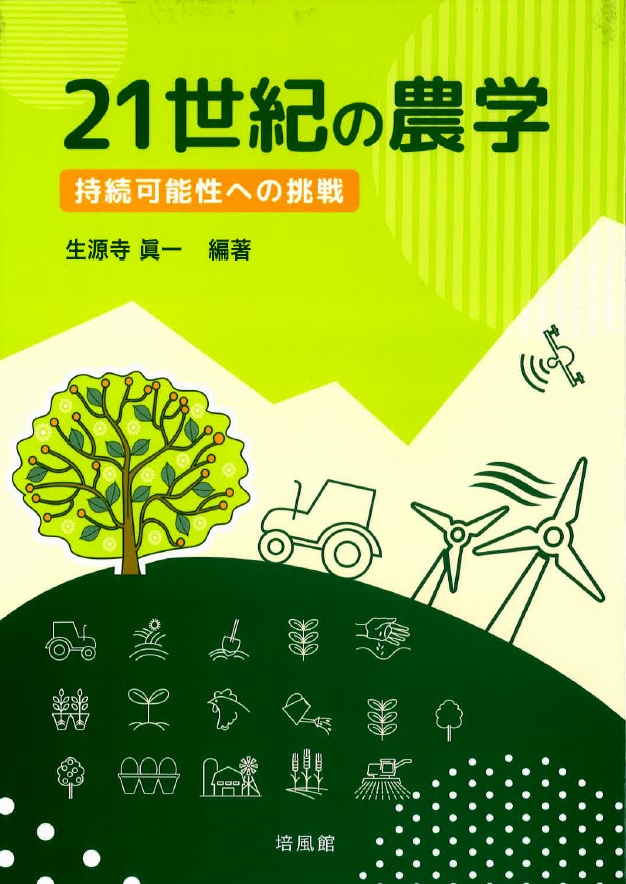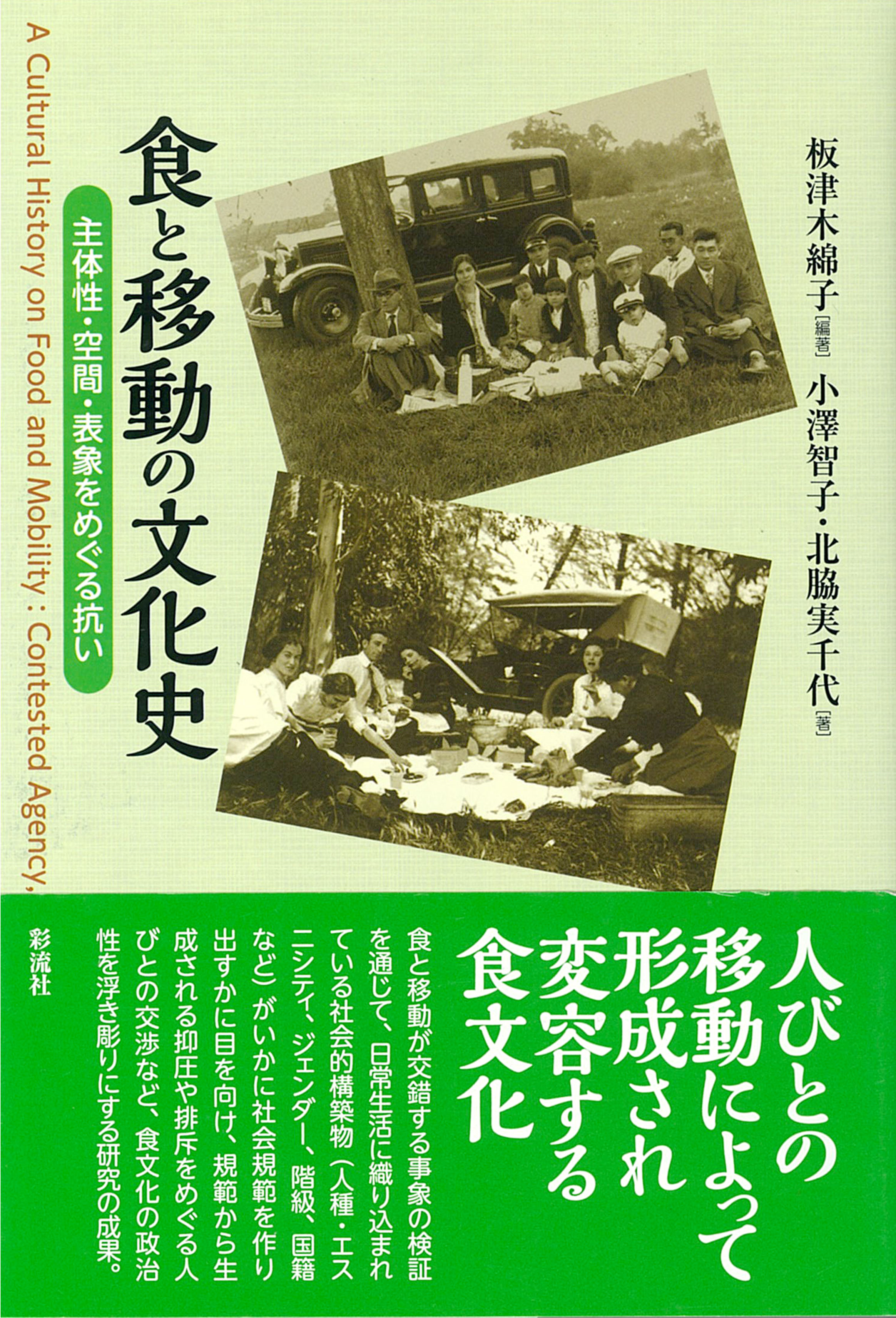
Title
21-Seiki no Nougaku (Agriculture in the 21st Century - Attempts at Sustainability)
Size
232 pages, B5 format
Language
Japanese
Released
November 15, 2021
ISBN
978-4-563-08402-8
Published by
Baifukan
Book Info
See Book Availability at Library
Japanese Page
This volume provides an easy-to-understand overview of the challenges facing agricultural science, with a focus on sustainability. This volume contains 12 chapters that are classified into four main areas of challenges: food, resources and the environment, technological innovation, and local communities. The intended audience of this work includes people embarking on their journey into agricultural science; however, it may also prove beneficial to undergraduate and graduate students pursuing specialized field. Authors who contributed to this volume are experts in humanities and social sciences, including economics, sociology, history, and nutrition education. Emphasizing objective evidence, this volume explains topics ranging from the familiar to local and international issues through diagrams.
Here, I share my personal experience of using this volume as a resource during undergraduate seminars. In these seminars, a chapter is essentially highlighted per session. In each respective chapter seminar, students present their views related to the topic of discussion. Even as the instructor, there are many moments in which I admire the fact that my students have read the material well. I wrote the first chapter (“What Food Self-Sufficiency Rate Tells Us”). During the seminar, a student asked me the following question: "Japan's food self-sufficiency rate is low, but if we take food loss into account, wouldn’t it be even lower?" The question is interesting, and to address it, we must first understand the food self-sufficiency rate.
The food self-sufficiency rate is a key indicator calculated by denoting domestic food consumption as the denominator and domestic food production as the numerator. The first chapter deals with domestic food consumption (Section 1) followed by domestic food production (Section 2). By understanding these factors, provides a better understanding of the food self-sufficiency rate (Section 3). An overview of the food self-sufficiency rate will provide deeper insights into the importance of food supply capacity (Section 4), because securing food supply capacity serves as a social safety net that ensures food security. Gaining such an understanding will enable readers to answer the student’s aforementioned question from a broader perspective.
The editor of this book (Professor SHOGENJI Shinichi) has the following message for readers: “Concepts that beginners have never encountered before are also presented in the essays developed across the 12 chapters. Based on the newly introduced concepts, various phenomena and issues related to food, agriculture, and rural areas can be understood with a sense of unity. This is not an easy endeavor, and there will be times when you find it difficult to continue reading. I want you to overcome such obstacles by taking the time to work on reading even when it is hard.”
I concur with the Professor’s sentiment, both from my experience as a writer and reading this work with my students. You too can try and take up the new challenges and attempt to understand the issues that agricultural science is currently confronting. We can all learn this from Agriculture in the 21st Century.
(Written by KOJIMA Daizo, Associate Professor, Graduate School of Agricultural and Life Sciences / 2022)



 Find a book
Find a book



